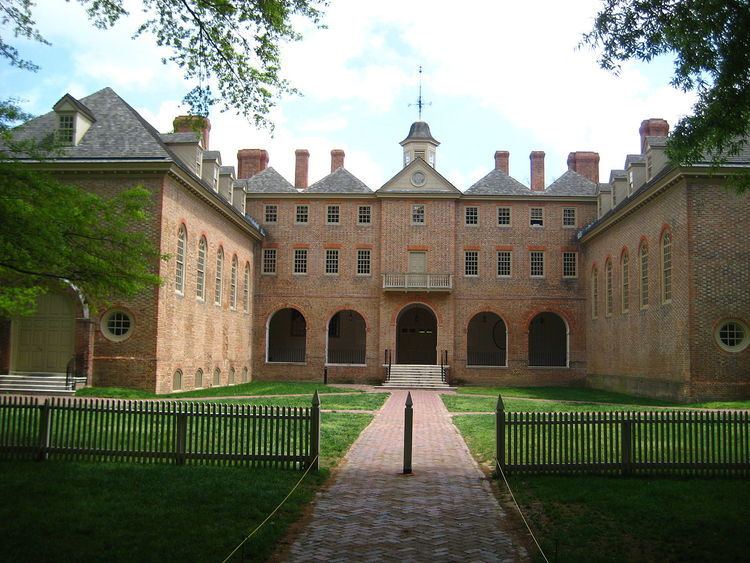 | ||
"Public Ivy" is a term coined by Richard Moll in his 1985 book Public Ivies: A Guide to America's Best Public Undergraduate Colleges and Universities to refer to US universities that are claimed to provide an Ivy League collegiate experience at a public school price. Public Ivies are considered, according to The Journal of Blacks in Higher Education, to be capable of "successfully competing with the Ivy League schools in academic rigor... attracting superstar faculty and in competing for the best and brightest students of all races."
Contents
Origins of the term
Moll, who earned his Master of Divinity degree from Yale University in 1959, was an admissions officer at Yale, and the director of admissions at Bowdoin College, University of California, Santa Cruz, and Vassar College. He traveled the nation examining higher education and in particular, identified eight public institutions (the same as the number of Ivy League members) which he thought had the look and feel of an Ivy League university. In addition to academic excellence, other factors considered by Moll include visual appearance, age, and school traditions as well as certain other Ivy League characteristics.
Original Public Ivies
The original Public Ivies as Moll listed them in 1985:
Worthy runners-up
Moll also offered in the same book "a list of worthy runners-up" and brief summaries of them:
Greenes' Guides
A book titled The Public Ivies: America's Flagship Public Universities (2001) by Howard and Matthew Greene of Greenes' Guides included 30 colleges and universities. The table below is organized by region, and colleges are listed in alphabetical order.
Academic comparisons and rankings
Several universities considered as "Public Ivies" are consistently ranked among the top schools in the multitude of surveys on American colleges and universities undertaken by U.S. News & World Report. For instance, half of the top 12 ranked national universities for undergraduate teaching in U.S. News & World Report are of the original Public Ivies listed by Moll. Public Ivies can be found in the top ten ranked graduate schools in business, education, engineering, law, library & information science, and medicine.
Athletic comparisons
One sharp distinction between the Ivy League and some "Public Ivies" is their participation in intercollegiate athletics. One of the Ivy League's distinguishing characteristics is its prohibition on the awarding of athletic scholarships (athletes may only receive the same financial aid to which they would be entitled even if they did not play a sport). In contrast, many of the "Public Ivies" participate in major athletic conferences such as the Big Ten, Big 12, ACC, SEC, or Pac-12, and award athletic scholarships. These schools sometimes rely on profits, if any, from large-scale football and men's basketball programs to support the athletic department as a whole.
